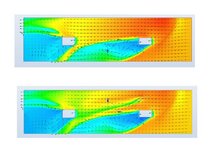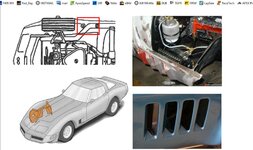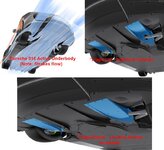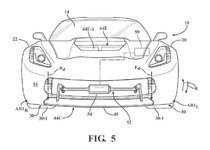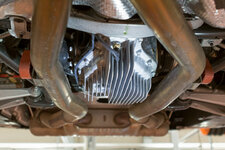phantomjock
Well-known member
In lieu of another cuppa'
Chris -
You have had "Eyes-On" these vanes, so maybe you could verify/correct my best guess at their size? I've made my estimate by assuming the bolt heads are about 1/2"/13mm. Do my numbers even look close?

I'm interested as I am just now working a plan to incorporate on my SR as a test (mule) to try out. I've made a smallish splitter and could test each in sequence if I have the time. Meanwhile, I'll wait for your ideas on the size.
I'm thinking of making a pair of plates to secure some rubberized edging (you know - from the big box racing supply store).
Thanks.
Cheers - JIm
Chris -
You have had "Eyes-On" these vanes, so maybe you could verify/correct my best guess at their size? I've made my estimate by assuming the bolt heads are about 1/2"/13mm. Do my numbers even look close?

I'm interested as I am just now working a plan to incorporate on my SR as a test (mule) to try out. I've made a smallish splitter and could test each in sequence if I have the time. Meanwhile, I'll wait for your ideas on the size.
I'm thinking of making a pair of plates to secure some rubberized edging (you know - from the big box racing supply store).
Thanks.
Cheers - JIm


